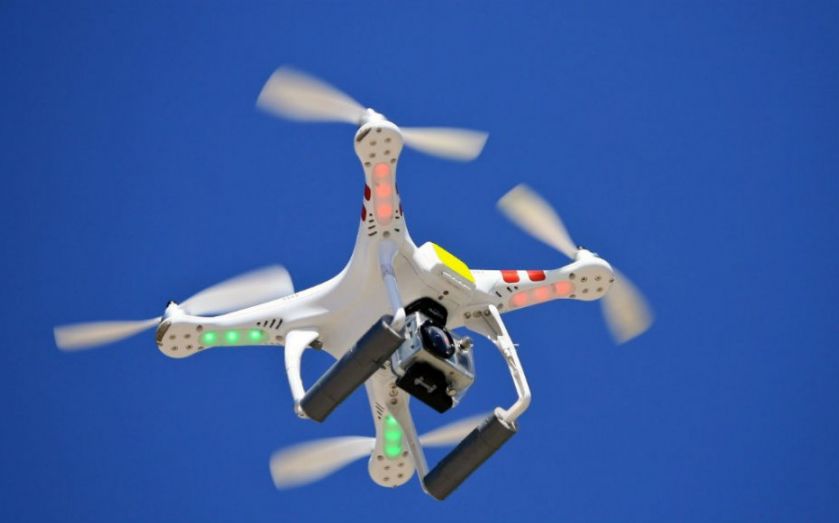Heathrow plane’s close drone encounter prompts Civil Aviation Authority warning

The airspace regulator has unveiled new rules about how drones are used after a plane had a close encounter with a drone over Heathrow airport last year.
Drone users must follow rules about using the technology or risk prosecution, said the Civil Aviation Authority (CAA), as it launched a push to make drone pilots aware of the regulations following a near miss with an Airbus A320 which brought a drone just six metres from its wing.
“We want to embrace and enable the innovation that arises from the development of drone technology, but we must ensure that this is done safely, with all airspace users in mind. It is imperative that people observe the rules when operating a drone," said the CAA's policy director Tim Johnson.
Read more: Watch: A drone flies through Crossrail tunnels
The regulator has recorded six further incidents between drones and planes between May 2015 and March this year. Anyone who does not follow the so-called "dronecode" and breaks the law risks a prison sentence of up to five years.
Last year it made the world's first prosecution in relation to drones after an individual flew an unmanned aircraft through restricted airspace over a nuclear submarine base.
"Drone users must understand that when taking to the skies they are entering one of the busiest areas of airspace in the world – a complex system that brings together all manner of aircraft including passenger aeroplanes, military jets, helicopters, gliders, light aircraft and now drones. When doing so, they must be aware of the rules and regulations for flying drones that are designed to keep all air users safe,” Johnson explained.
Read more: Drone sighting grounds Manchester airport flights but police find "nothing"
The CAA said it welcomed a move by drone makers to introduce geo-fencing technology to the small craft which restricts flying.
The rules on drone flying include:
- An unmanned aircraft must never be flown beyond the normal unaided ‘line of sight’ of the person operating it. This is generally measured as 500 metres horizontally or 400ft vertically.
- An unmanned aircraft fitted with a camera must always be flown at least 50 metres distance away from a person, vehicle, building or structure.
- An unmanned aircraft fitted with a camera must not be flown within 150 metres of a congested area or large group of people, such as a sporting event or concert.